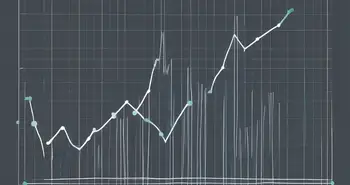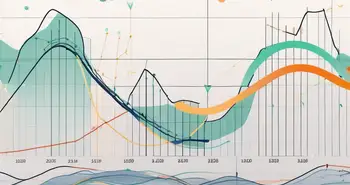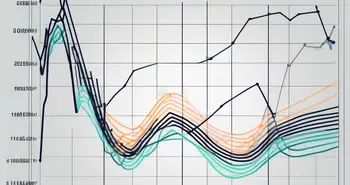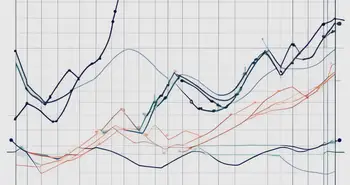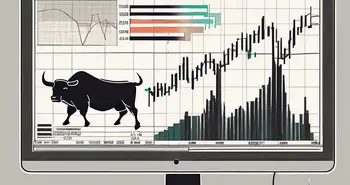Advanced Trading Techniques: Mastering the Hull Moving Average
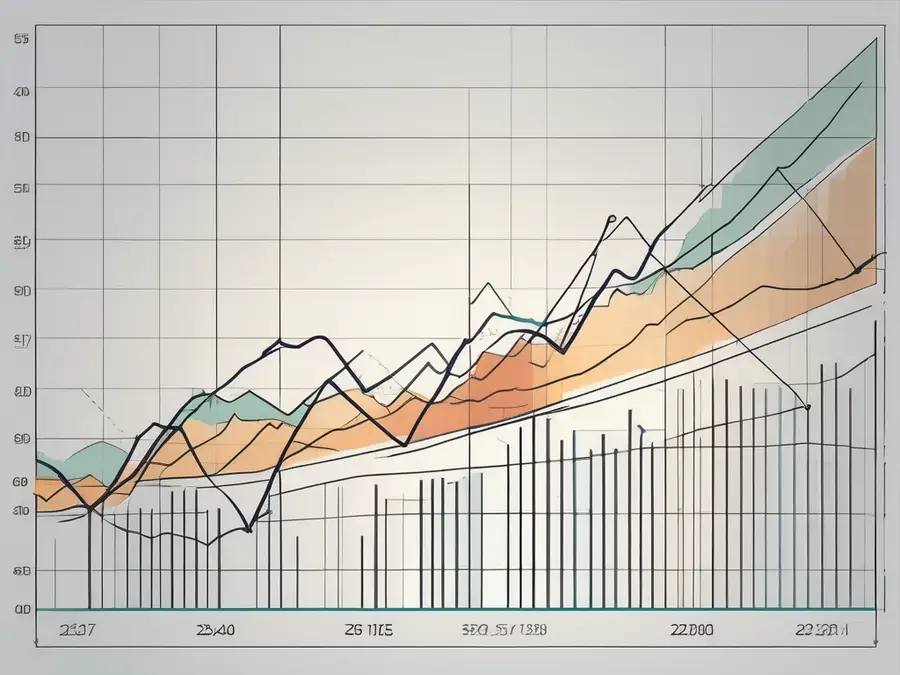
As an experienced trader, I can confidently tell you that the Hull Moving Average (HMA) is a powerful tool that can greatly enhance your trading strategies. In this comprehensive guide, we will explore the ins and outs of the Hull Moving Average, covering everything from its definition and mathematical foundation to its practical applications in the world of trading. So, let's dive in and unlock the secrets of this remarkable indicator!
Understanding the Hull Moving Average
What is the Hull Moving Average?
At its core, the Hull Moving Average is a trend-following indicator that aims to eliminate lag and provide more accurate signals compared to traditional moving averages. It was developed by Alan Hull in 2005 and is widely used by professional traders.
The Hull Moving Average (HMA) is a powerful tool that helps traders identify and confirm trends in the financial markets. It is based on the concept of moving averages, which are widely used to smooth out price data and identify the direction of the market. However, the HMA takes this concept a step further by incorporating a complex mathematical formula that enhances its accuracy and responsiveness.
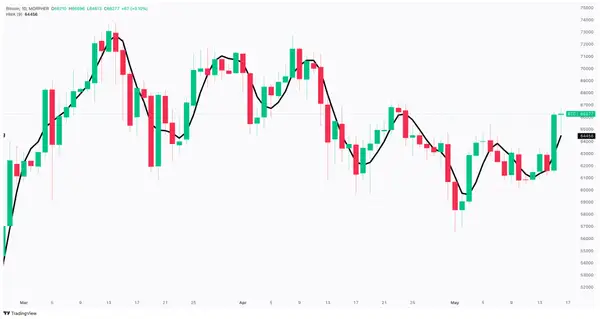
Unlike traditional moving averages, which give equal weight to all data points, the HMA assigns more weight to recent price movements. This makes it more sensitive to changes in the market and allows traders to react quickly to emerging trends. By eliminating lag, the HMA provides a clearer and more accurate representation of price movements, enabling traders to make better-informed decisions.
The Mathematics Behind Hull Moving Average
To truly comprehend the power of the Hull Moving Average, we need to delve into its mathematical foundation. The HMA incorporates weighted moving averages, making it more responsive to recent price movements. Its unique formula takes into account the square root of the period and applies multiple weighted moving averages to the calculation. This complex algorithm results in a smoother and more accurate representation of price movements.
- Calculate the Weighted Moving Average (WMA):
The WMA gives more weight to recent prices. For a given period n, the WMA is calculated as:
WMA(n) = (sum(i=1 to n) (i * Price(i))) / (sum(i=1 to n) i)Here, Price(i) represents the price at the i-th period.
- Calculate the WMA for Half the Period:
Compute the WMA for half the period n:
WMA(n/2) - Calculate the Full Period WMA:
Compute the WMA for the full period n:
WMA(n) - Combine the Intermediate WMAs:
Use the two WMAs to create an intermediate value:
Intermediate Value = 2 * WMA(n/2) - WMA(n) - Calculate the Final Hull Moving Average:
Apply the WMA to the intermediate value over the square root of the period n:
HMA(n) = WMA(sqrt(n)) of the Intermediate Value
Let's assume we are calculating the HMA for a period of 9:
- Calculate
WMA(4.5):Typically, you round the period to the nearest integer, so calculate
WMA(4). - Calculate
WMA(9). - Calculate the Intermediate Value:
Intermediate Value = 2 * WMA(4) - WMA(9) - Apply the WMA over the square root of 9 (which is 3):
HMA(9) = WMA(3) of the Intermediate Value
The mathematical formula behind the HMA may seem intimidating at first, but it is designed to capture the essence of market dynamics. By incorporating the square root of the period, the HMA gives more weight to recent price data while still considering the overall trend. This allows traders to identify significant market movements and filter out noise that can cloud their judgment.
Furthermore, the HMA's use of multiple weighted moving averages adds another layer of sophistication to its calculation. By combining different moving averages with varying weights, the HMA captures different aspects of price behavior and provides a comprehensive view of the market. This multi-dimensional approach enhances its accuracy and helps traders make more informed decisions.
Importance of Hull Moving Average in Trading
Now that we understand the essence of the HMA, let's explore its significance in trading. The primary benefit of using the Hull Moving Average is its ability to filter out market noise and generate precise entry and exit signals. By considering recent price data more heavily, it offers traders a clearer view of the prevailing trend and helps identify potential reversals.
One of the key advantages of the HMA is its ability to adapt to changing market conditions. Traditional moving averages can be slow to react to sudden price movements, leading to delayed signals and missed opportunities. In contrast, the HMA's unique formula allows it to respond quickly to market changes, providing traders with timely and accurate signals.
Another important aspect of the HMA is its versatility. It can be applied to various timeframes and financial instruments, making it suitable for different trading styles and strategies. Whether you are a short-term trader looking for quick profits or a long-term investor seeking to ride major trends, the HMA can be a valuable tool in your arsenal.
In conclusion, the Hull Moving Average is a powerful indicator that offers traders a more accurate and responsive way to analyze price movements. Its unique mathematical formula and weighted moving averages make it a valuable tool for trend identification and signal generation. By incorporating the HMA into their trading strategies, traders can enhance their decision-making process and increase their chances of success in the financial markets.
Unlock your trading potential with Morpher! Our platform offers over 50 advanced technical indicators, including the powerful Hull Moving Average, to help you refine your trading strategies with precision. With TradingView-powered charting, you can seamlessly combine indicators and discover what works best for you. Elevate your technical analysis skills and master the markets with Morpher by your side. Sign up now and take the first step towards becoming a trading expert!
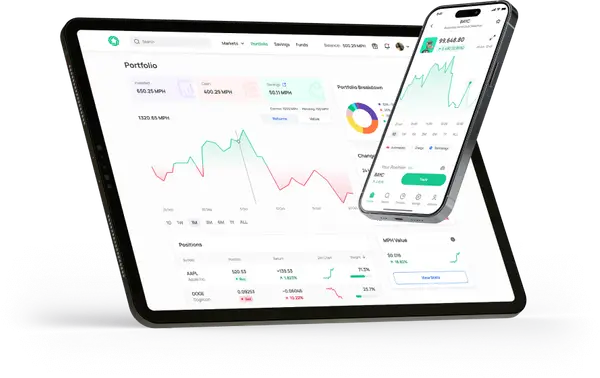
Setting Up the Hull Moving Average
Choosing the Right Time Frame
Before incorporating the HMA into your trading strategy, it's crucial to select the appropriate time frame. The choice depends on your trading style and the asset you are trading. For short-term traders, lower time frames (such as 5-minute or 15-minute charts) may be suitable, while long-term traders may prefer daily or weekly charts.
Selecting the Appropriate Moving Average Period
Another critical aspect of setting up the HMA is determining the moving average period. This parameter dictates the responsiveness of the indicator. Shorter periods, like 9 or 12, are more sensitive to price changes and provide timely signals, ideal for short-term traders. On the other hand, longer periods, such as 20 or 50, offer a broader perspective of the market and are favored by long-term traders.
Interpreting the Hull Moving Average Line
Once you have set up the HMA on your chart, it's important to understand how to interpret the indicator line. During uptrends, the HMA will generally slope upward, indicating a bullish bias. Conversely, during downtrends, the HMA will slope downward, signaling a bearish bias. When the HMA line flattens, it suggests a period of consolidation or indecision in the market.
Strategies for Using the Hull Moving Average
Trend Identification with Hull Moving Average
One of the most common applications of the HMA is trend identification. By observing the slope of the HMA line, traders can determine the current direction of the market. Combining this information with other technical analysis tools, such as support and resistance levels, can enhance decision-making and increase the likelihood of profitable trades.
Using Hull Moving Average for Buy and Sell Signals
Another valuable strategy involving the HMA is generating buy and sell signals. When the price crosses above the HMA line from below, it is considered a buy signal. Conversely, when the price crosses below the HMA line from above, it is a sell signal. These signals indicate potential entry or exit points for traders seeking to capitalize on trend reversals.
Combining Hull Moving Average with Other Indicators
While the HMA is a powerful indicator on its own, it can be even more potent when combined with other technical analysis tools. Pairing the HMA with oscillators like the Relative Strength Index (RSI) or the Moving Average Convergence Divergence (MACD) can provide additional confirmation signals and increase the overall accuracy of your trading strategy.
FAQ
What is the Hull Moving Average?
The Hull Moving Average (HMA) is a trend-following indicator that aims to eliminate lag and provide more accurate signals compared to traditional moving averages. Developed by Alan Hull, the HMA incorporates weighted moving averages to create a smoother representation of price movements.
How do I set up the Hull Moving Average?
To set up the Hull Moving Average, choose the appropriate time frame and moving average period based on your trading style and the asset you are trading. Select shorter periods for short-term trading and longer periods for long-term trading. Interpret the HMA line by observing its slope, which indicates the prevailing market bias.
What are some strategies for using the Hull Moving Average?
The Hull Moving Average can be used for trend identification by observing the slope of the HMA line. It is also valuable for generating buy and sell signals when the price crosses above or below the HMA line. Combining the Hull Moving Average with other indicators can further enhance its effectiveness.
What are the advantages and disadvantages of the Hull Moving Average?
The advantages of using the Hull Moving Average include reduced lag, more accurate signals, and easy interpretation. However, the HMA can provide false signals during volatile or choppy market conditions, so it is important to use it in conjunction with other technical analysis tools and exercise proper risk management.
So, there you have it – the ultimate guide to the Hull Moving Average. I hope this comprehensive overview has shed light on the power and potential of this remarkable indicator. Remember, trading is a blend of art and science, and the HMA can be a valuable weapon in your arsenal. Whether you are a beginner or an experienced trader, incorporating the HMA into your trading strategy can help you navigate the markets with greater precision and confidence.
Ready to elevate your trading with the Hull Moving Average and take advantage of the innovative features you've just learned about? Look no further than Morpher, the revolutionary trading platform that's changing the game with blockchain technology. With Morpher, you can trade a vast array of assets, from stocks and cryptocurrencies to unique markets, all with zero fees and infinite liquidity. Whether you're looking to invest fractionally, short sell without interest fees, or leverage your trades up to 10x, Morpher has you covered. Plus, with the Morpher Wallet, you're always in control of your funds. Embrace a unique trading experience with Virtual Futures and more on a platform that puts you first. Sign Up and Get Your Free Sign Up Bonus today, and start trading on Morpher's cutting-edge platform!

Disclaimer: All investments involve risk, and the past performance of a security, industry, sector, market, financial product, trading strategy, or individual’s trading does not guarantee future results or returns. Investors are fully responsible for any investment decisions they make. Such decisions should be based solely on an evaluation of their financial circumstances, investment objectives, risk tolerance, and liquidity needs. This post does not constitute investment advice.

Painless trading for everyone
Hundreds of markets all in one place - Apple, Bitcoin, Gold, Watches, NFTs, Sneakers and so much more.

Painless trading for everyone
Hundreds of markets all in one place - Apple, Bitcoin, Gold, Watches, NFTs, Sneakers and so much more.

